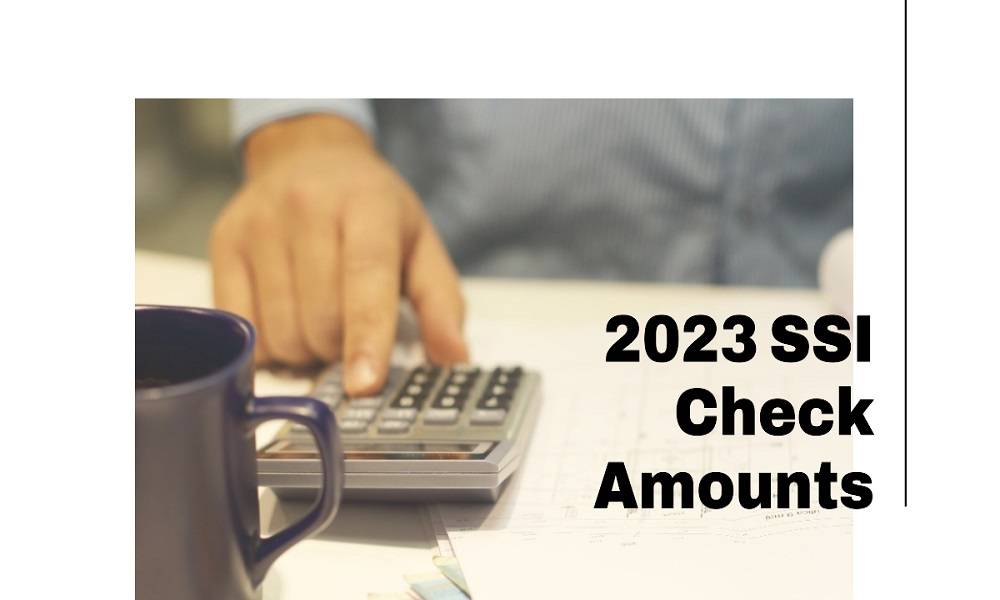How much will SSI checks be in 2023

In the ever-fluctuating world of social security, staying updated with the latest information can mean the difference between financial stability and unexpected shortfalls. One of the burning questions on the minds of many Americans is: “How much will SSI checks be in 2023?” It’s a pertinent question, especially for those dependent on Supplemental Security Income (SSI). Let’s dive deep into the details and unearth what 2023 holds for SSI recipients.
Understanding Supplemental Security Income (SSI)
Before examining the exact figures, it’s paramount to understand what SSI is and how it differs from Social Security retirement benefits. Supplemental Security Income is a federal income program funded by general tax revenues, not Social Security taxes. Its primary purpose? To aid elderly, blind, or disabled individuals with little to no income, ensuring they have funds for basic needs like food, clothing, and shelter.
Factors Influencing SSI Adjustments
Several factors can influence changes in SSI amounts:
- Inflation: The Social Security Administration (SSA) uses the Consumer Price Index for Urban Wage Earners and Clerical Workers (CPI-W) to gauge inflation. This index plays a pivotal role in the annual Cost-Of-Living Adjustment (COLA), determining the percentage increase in SSI amounts.
- Legislation: Government policies can significantly affect SSI. Any new legislation concerning SSI directly impacts the allocation amount.
- Economic Conditions: The broader economic landscape, including employment rates and market health, can indirectly affect SSI adjustments.
SSI in 2023: The Anticipated Figures
Based on the latest COLA adjustments and data from the SSA, in 2023, the expected monthly SSI payment amounts are:
- Individuals: $841 (an increase from $794 in 2021)
- Eligible couples: $1,261 (a rise from $1,191 in 2021)
It’s essential to note these are maximum federal amounts. Some states provide supplementary SSI payments, which could increase the overall monthly check for residents in those states.
How Do These Changes Impact You?
If you’re an SSI recipient, these changes can have a direct influence on your monthly budgeting. Here’s how:
- Rising Costs: While the COLA is designed to help recipients keep pace with inflation, individual expenses can vary. Analyzing whether the increase matches your expenditure patterns is crucial.
- State Supplements: Residents in states with supplementary payments might experience a dual benefit — the federal increase and any state-specific increment. Checking with your state’s social security office can provide clarity.
- Tax Implications: Remember that SSI is not taxable. However, if you’re also receiving Social Security retirement benefits, understanding the tax implications of your combined income is essential.
Preparing for the Future
Regardless of the annual increments, prudent financial planning remains invaluable. It’s wise to:
- Review your yearly expenses.
- Explore additional financial assistance or benefits programs.
- Consider financial counseling to maximize your income and savings.
Frequently Asked Questions
What is the primary difference between SSI and Social Security retirement benefits?
While both are administered by the SSA, SSI aids the elderly, blind, or disabled with little to no income, funded by general tax revenues. In contrast, Social Security retirement benefits are based on an individual’s work history and paid from Social Security taxes.
How is the COLA determined?
COLA is based on the percentage increase in the Consumer Price Index for Urban Wage Earners and Clerical Workers (CPI-W) from the third quarter of one year to the third quarter of the next.
Can I receive both SSI and Social Security retirement benefits?
Yes, it’s possible. However, the amount you receive in Social Security retirement benefits can impact your SSI benefits.
Conclusion
The anticipated SSI checks for 2023 show a promising increase, indicative of the government’s effort to ensure recipients keep pace with rising costs. While these increments offer relief, they also underline the importance of comprehensive financial planning, empowering recipients to navigate their financial future with confidence and security.










